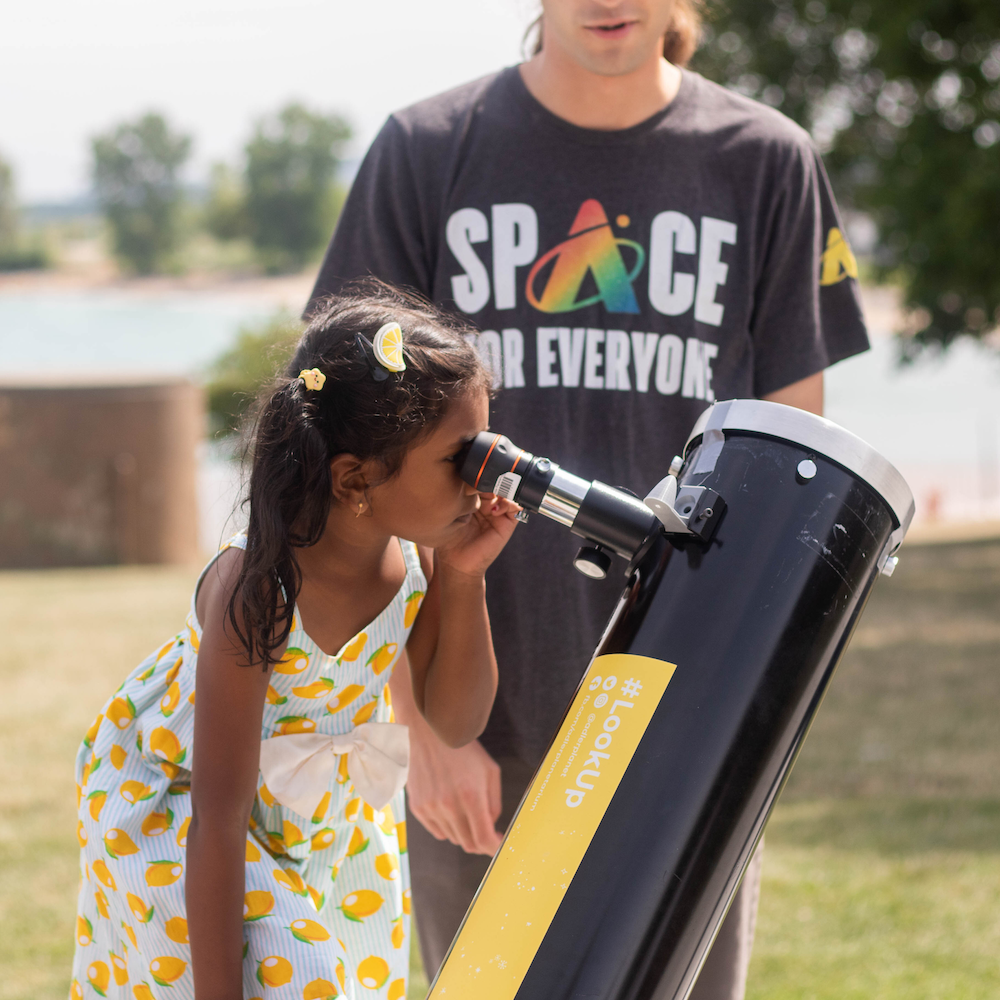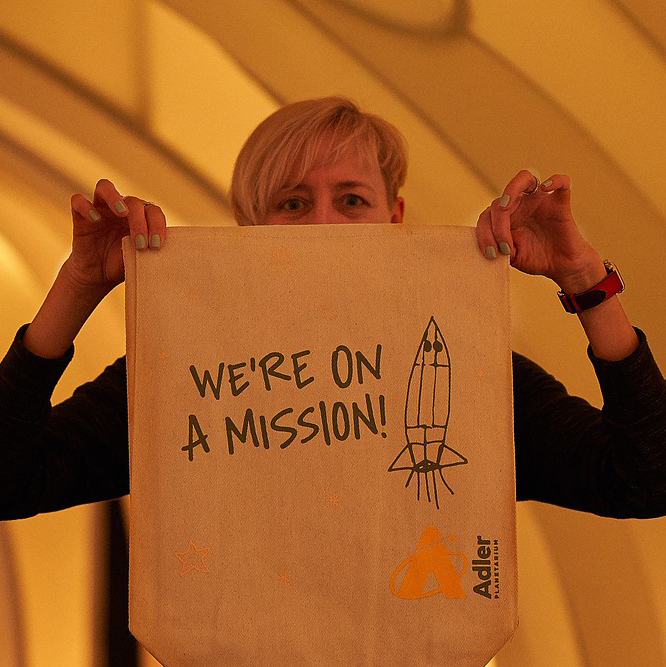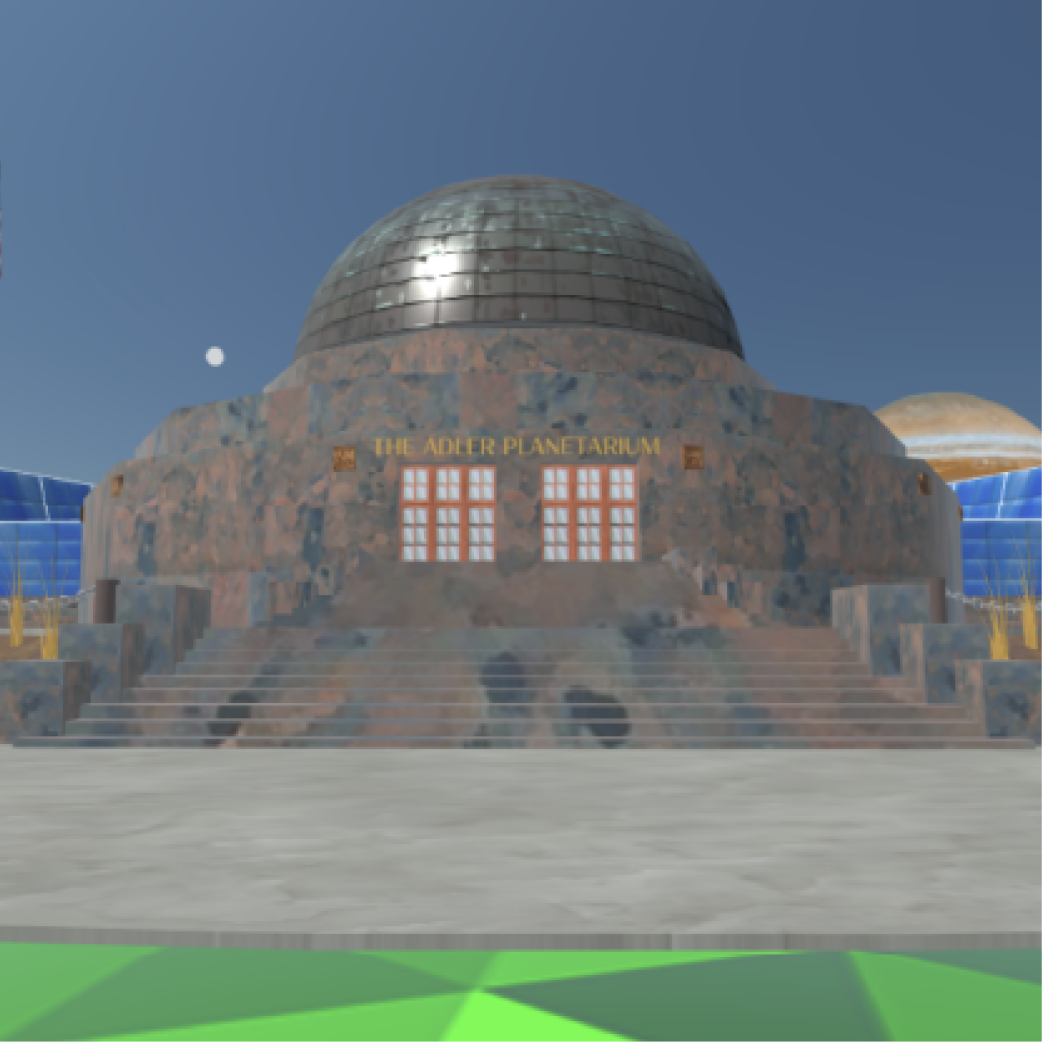THE STARS
FIND YOUR SPACE
What kind of space do you need? Browse tickets for an upcoming visit or experience the Adler wherever you are.
UPCOMING EVENTS AND SHOWS
COLLECTIONS
EXPLORE EXHIBITS
ONLINE!
PASS PORTAL
NAVIGATE YOUR UNIVERSE
SUPPORT SPACE FOR EVERYONE.
Hey, stargazers! As a non-profit organization, it takes more than just guests walking through our doors for us to be able to connect people to the universe and one another and make space science more accessible for all.
MORE TO EXPLORE
THE ADLER 'SCOPE

Adler Skywatch: May 2024
April 24, 2024
Adler Skywatch: What’s in the sky throughout May, 2024? Learn how to see Saturn, Mars, Mercury, and bright stars like Fomalhaut, Arcturus, and Spica.

Adler Zooniverse Citizen Science Platform Honored By White House
March 29, 2024
Adler Zooniverse—the world’s largest and most popular platform for citizen science—recently won an award from the White House.

Astro Road Trip Brings Adler Planetarium Telescope Programming To Towns Across Southern Illinois Ahead Of The Total Solar Eclipse
March 27, 2024
Astro Road Trip brings telescope programming to communities across Southern Illinois in preparation for the April 8, 2024!

Earth Needs YOU (To Join An Adler Zooniverse Earth Science Project)
March 26, 2024
The Earth is counting on you not only during Earth Month, but all year long. Check out the latest Adler Zooniverse climate science projects.
















